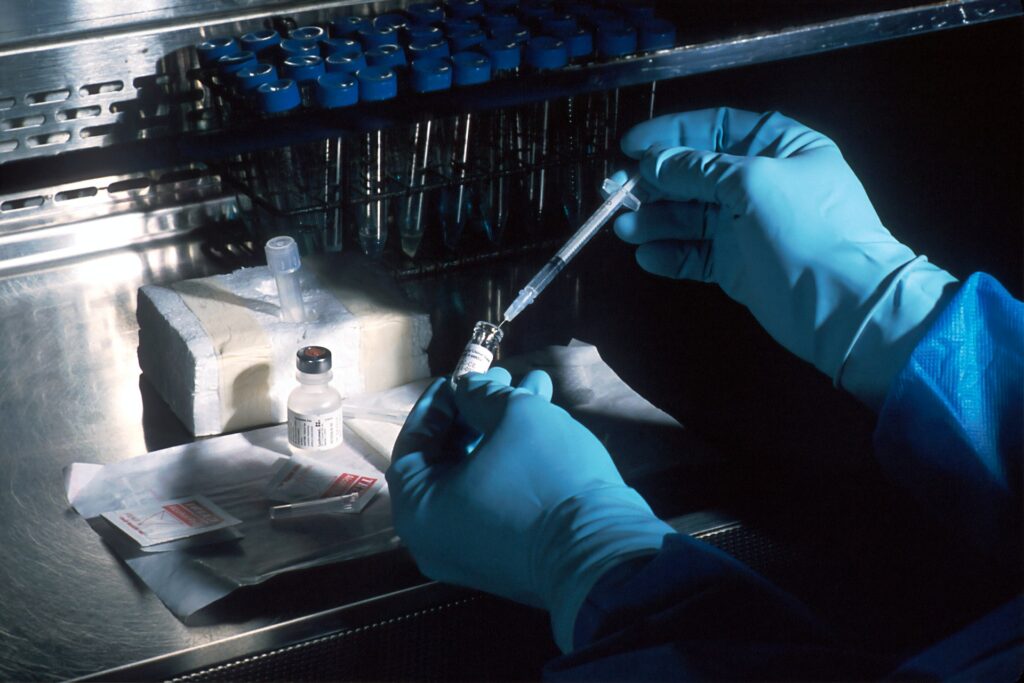M. Mughees Farooq a, Eli M. Miloslavsky c,d, Nellie Konikov e, A. Razzaque Ahmed a,b,* a Center for Blistering Diseases, Boston, MA 02135, USA b Department of Dermatology, Tufts University School of Medicine, Boston, MA 02111, USA c Massachusetts General Hospital, Department of Medicine, Division of Rheumatology, Boston, MA 02114, USA d Harvard Medical School, Boston, MA 02215, USA e Boston VA health Care System, Jamaica Plain, Boston, MA 02130, USA
Abstract
Mucous Membrane Pemphigoid (MMP) is a potentially fatal mucocutaneous autoimmune blistering disease. Autoantibodies are produced against various components of the dermo-epidermal or mucosal-submucosal junction are referred to as basement membrane zone (BMZ). The hallmark is deposition of of Ig and C3 on the perilesional tissues and in some patients detection of anti-BMZ autoantibodies. A unique characteristic of MMP is that as the blisters or erosions heal, they leave irreversible scarring. This scarring results in serious and catastrophic sequelae that affect the quality of life. Conventional therapy consists of anti-inflammatory and immunosuppressive agents (ISA). In patients who fail conventional therapy or develop significant side effects to them, rituximab (RTX) has been used off label. In this review, the clinical outcomes of patients with MMP treated with RTX were studied. 124 patients were identified, 47.58% being male. 72 patients were treated by the Lymphoma Protocol and 51 by Rheumatoid Arthritis (RA) protocol. Follow up for the entire cohort was 36 months (range 0.5–72). On follow-up 64 patients (51.61%) achieved complete clinical remission (CR) off therapy, 25 patients (20.16%) were in CR on therapy, 5 patients (4.03%) were non-responders, and 9 patients (7.25%) were failures. 52 patients (41.93%) experienced a relapse, after 36 months follow-up. Duration between last RTX infusion and relapse was 10.5 months (range 1–30). Most patients with relapses were treated with additional RTX. A statistically significant better outcome was observed in patients treated with RTX as monotherapy compared to those who received RTX with ISA. Clinical outcomes in patients treated with Lymphoma protocol were better than RA protocol at a statistically significant level. Data on CD20+ B cell depletion and repopulation was limited. Interestingly relapses were seen in patients with CD20+ B cell depletion and after repopulation. In the final analysis, 89 patients (71.77%) were in complete remission. Data in this review indicated that RTX was a useful agent to treat MMP. While a randomized control trial may not be practically possible, better and disease specific protocols need to be developed. When publishing, authors should attempt to provide complete and detailed information. In doing so, they will benefit their colleagues and the patients with MMP they treat with RTX.
Introduction
Mucous membrane pemphigoid (MMP) is an autoimmune blistering disease affecting mucous membranes of the eye, nose, oral cavity, throat, larynx, trachea, bronchi, esophagus, genitalia and anal canal [1]. The skin is involved in 20% of the patients. The oral mucosa is most frequently involved and can manifest as desquamative gingivitis [2]. A unique feature of MMP is that in untreated or partially treated patients, as the erosion and blister heal, they produce irreversible scarring, except in the oral cavity [3]. This was the reason why it was previously known as cicatricial pemphigoid (CP) [4]. The blisters are subepithelial or submucosa on histology and the dermis or submucosa contains a mixed cell inflammatory infiltrate [5]. Deposition of IgG and C3 occurs at the basement membrane zone (BMZ) which is similar to the dermoepidermal junction [6]. Anti BMZ autoantibodies can be detected in the sera of some, but not all patients [7]. In severe cases of MMP, the consequences of scarring can be fatal [8]. MMP can result in scarring alopecia, blindness, [4,9] restricted airway access due to nasal scarring [10], involvement of the larynx can cause laryngeal stenosis and acute asphyxiation [11]. Esophageal scarring causes dysphagia and potential need for gastric feeding [12]. Rupture of esophagus can cause fatal mediastinitis [12]. Vaginal stenosis not only eliminates sexual activity but due to scarring, even pap smears cannot be done. Anal scarring results in constant fecal leakage and need for life long adult diapers [13]. Recent studies have demonstrated that when there is tracheal and bronchial involvement, scarring of the larynx and bronchi can result in respiratory distress, respiratory failure and eventually death [11,14]. The incidence of MMP ranges from 1 to 2 patients per year per million population [15]. The incidence depends on specialty of the author and on the reporting and record keeping system of the country at large. Several studies have reported women to be more frequently affected [16]. The mean age of onset is in mid to late sixties (60s). In the US, in one study, conducted between 1992 and 2002 the mortality associated with MMP was about 0.029 per 100,000 [17]. Mortality was higher when the disease involves trachea, bronchi and the esophagus [11,12,14]. For early diagnosis as well as appropriate treatment and monitoring, a team of physicians from multiple specialties are needed. Several drugs alone or in combination with others, used for treating other autoimmune diseases, have been used for treating MMP. Review of the literature has shown that initial treatment of MMP was with anti-inflammatory drugs (glucocorticoids and dapsone), later with immunosuppressive agents (ISA) and frequently the combination of both [18]. Rituximab (RTX) is an anti-CD 20 chimeric monoclonal antibody and has been used off-label to treat MMP [19]. One of its main actions is depleting B cells [20–23]. Even though RTX has yielded promising results for Pemphigus Vulgaris (PV), there is scarcity of concrete data on its true efficacy in MMP patients [24]. The objective of this review was to conduct a comprehensive and critical analysis of the published data on the treatment of MMP with RTX.
See full article at: Use of Rituximab in the Treatment of Mucous Membrane Pemphigoid: An Analytic Review
